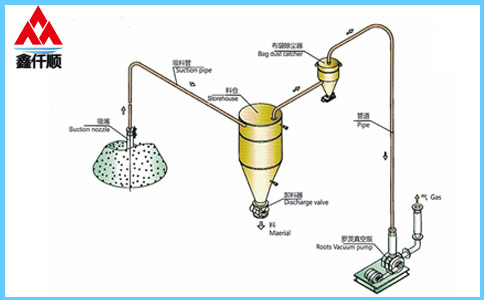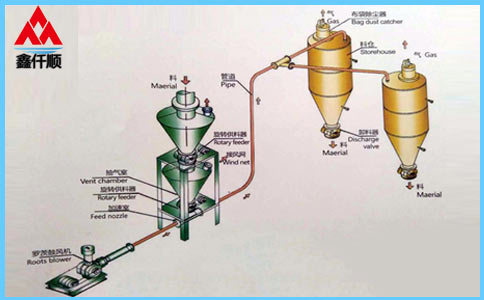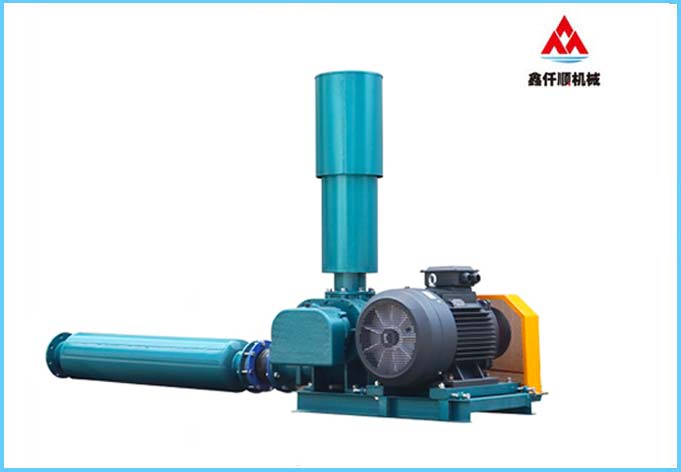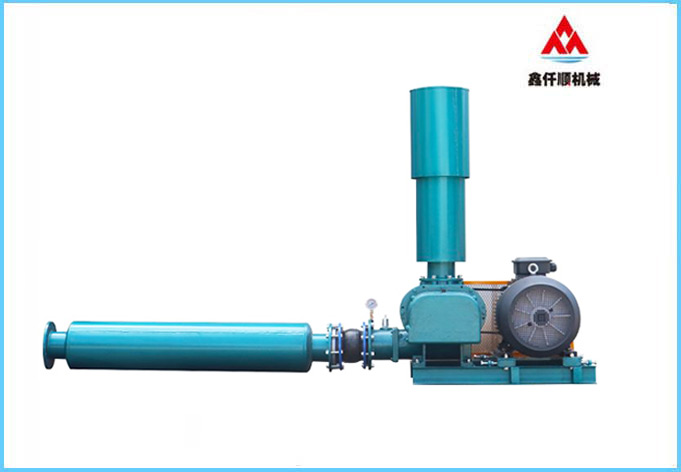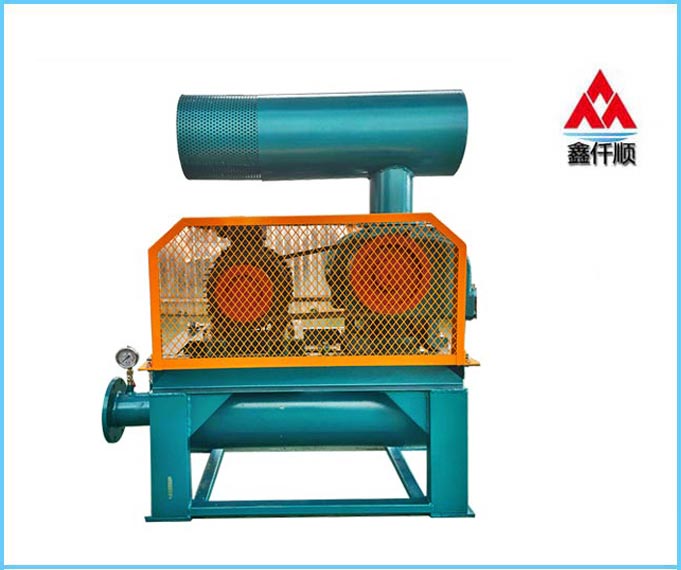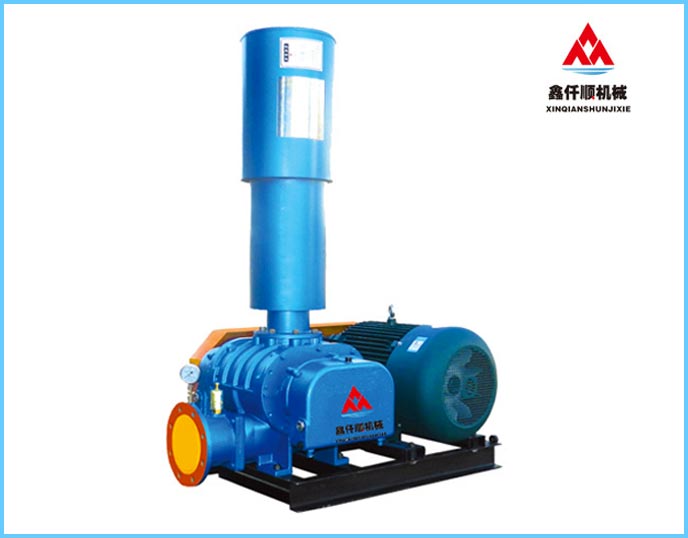Can centrifugal fan replace Roots fan?
Source: Roots blower manufacturer
Published on: June 23, 2022
Hits:
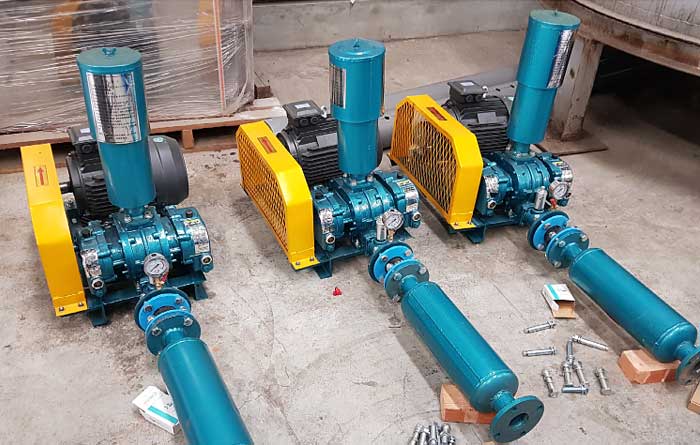
Related information
-
How to repair the surface defects of Roots blower impeller? -
How to remove the bearing of Roots blower? -
What principles should be followed in the maintenance of three leaf roots blower? -
How to handle the wrong lubricating oil for Roots blower? -
Performance characteristics and maintenance of Roots blower for aquaculture -
How to select appropriate Roots blower aerator for aeration in aquaculture? -
What principles should be followed in the maintenance of three leaf roots blower? -
Notes on installation of safety valve of three blade roots blower -
Introduction to the Main Causes of Abrasion of Three blade Roots Blower Impeller -
What causes Roots blower tripping?
Xinqianshun's latest products
Random articles
-
What are the causes of common faults of Roots blower? -
Is the quotation of Jiangsu high-pressure Roots blower high? -
How to eliminate some basic faults of Roots blower? -
What are the main structures of Roots blower? -
What should be paid attention to in the selection of air suspension fan in cement industry? -
What is the normal operating temperature range of Roots blower -
How to tighten the belt of Roots blower? -
Which brand is good for Roots blower? -
Cause and Solution of Roots Blower Motor Burnout -
How does the pressure of Roots blower come from, and how does the selection of Roots blower come from?
Latest news articles
-
How to repair the surface defects of Roots blower impeller? -
How to remove the bearing of Roots blower? -
What principles should be followed in the maintenance of three leaf roots blower? -
How to handle the wrong lubricating oil for Roots blower? -
Performance characteristics and maintenance of Roots blower for aquaculture -
How to select appropriate Roots blower aerator for aeration in aquaculture? -
What principles should be followed in the maintenance of three leaf roots blower? -
Notes on installation of safety valve of three blade roots blower -
What are the causes of tripping of Roots blower frequency converter? -
Introduction to the Main Causes of Abrasion of Three blade Roots Blower Impeller

